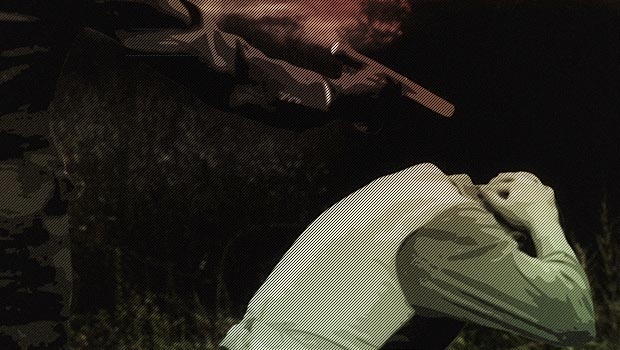Finding a Job in the Design & Animation Industry
Part 1 – CV
Hi I am Jamie and a Motion Graphics Artist at Dazpix, I graduated in the Summer of 2012 and have been working at Dazpix for the last few months. Hopefully this information will help you as a fellow graduate looking for work. Having been in your shoes I hope to share some tips I followed and learned while looking for work.
So it’s getting to the time of year when your graduation is looming and you are beginning to think about tying up your final university year projects. This is all well and good but you will need a good CV and cover letter to be able to present yourself to potential employers.
I am assuming since you found yourself here you are studying or have studied a design based course and this should reflect on the design of your CV. Employers get hundreds of CV’s possibly each day and need to be ruthless when picking and choosing potential employees so it is vital that you design a well constructed CV that says a little bit about yourself as a designer as well as some the important malarkey one would usually place on your run of the mill standard CV.
You wouldn’t take a knife to a gun fight!
This brings me to my first point – You wouldn’t apply to a creative job with the same CV you would apply to for an office admin job. You need a specifically created CV that fits the role of applying to a creative job. A recruiter in the creative industry is looking for someone that has artistic talent and this should flow through your CV naturally. You should be able to show design concepts you have learned through your studies and apply them to the layout of your CV.
In fact once you have a design CV you should also tailor it for each job you apply for. This can be difficult if your applying to tens of jobs a day but you should really make the effort to do so if you can. When I was applying to jobs I had about 3 different design CV’s depending on what sort of role I was applying for, each laid out detailing a different specific skill set that was suitable for each job.

As a creative your CV is a chance to show off what you can do in a creative aspect and it will be the employers first impression before they even think about looking at your portfolio. Think about the skills you learned while at university and consider layout, typography and colour schemes carefully, design on a grid-based layout. A program like InDesign is great for this but other popular programs will work just as well.
Your CV should only be 2 pages max, if you can fit everything you need onto one page that’s even better, no one wants to read through a short book about yourself. Make sure to be concise and consider vital information and remember to cut all the irrelevant clutter about your pet rabbit or whatever.
To Print or not to Print?

This is something important to consider, you should always have a digital copy of your CV and it should be in PDF format as this is a universally popular format, however, printing you CV can have it’s own advantages.
If you print your CV and hand deliver it to the companies you are applying for you are instantly putting a face to the name and showing that you are willing to put in the extra effort to go down and visit a company rather than just sending around e-mails everywhere you can.
If you do decide to print off your CV remember you are a designer/creative – print on good paper. This shows your employer that you have thought of every detail and made every effort in your design considerations.
Going the extra mile: Doing something unique can often get you noticed and get you that important interview. I once heard a story about a designer who printed his CV’s on coffee cups and gave out free coffee in the morning outside the advertising firm he wanted to work for, needless to say this got him noticed and he got the job he wanted. I’m not saying we should start a coffee making revolution but the point is that creativity will always give you the kudos points you need to put yourself ahead of the pack.
What should I Avoid?
Being overly Generic and not concise, no one likes or has time to read through pages of waffle, try and keep it interesting and on topic.
Obscure information, nobody at this stage needs to know how many cats you own or that you used to work in a supermarket while you studied at university. Keep it to design related information only.
Spelling mistakes, this will be the first thing that will get your CV thrown in the bin, make sure you spell check and get someone to proof read for you.
Here are some links that I found useful when creating my CV:
http://speckyboy.com/2011/05/18/40-most-creative-resume-design-ever-seen/
http://designwoop.com/2011/09/resume-inspiration-30-of-the-best-resume-designs/
http://www.oddee.com/item_96996.aspx
Not all of the CV’s in the links are great but they should give you an idea of what can be expected and the creative lengths people go to. Try and limit the amount of fonts you use, keep it legible and don’t go too crazy on the colour palette, simple can be just effective as complex.
Stay tuned for part 2 where I will be talking about your cover letter and selling your personality right away to interest employers.

